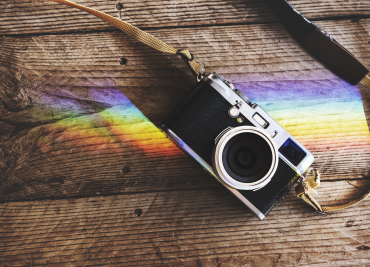
When it comes to your website, design matters. Great design is no longer optional. It’s expected.
Our world is becoming increasingly visual. The rise of Instagram, Pinterest, and food and fashion blogging has resulted in shifts in our aesthetics and our understanding of imagery. Your users will judge you, more than ever, on the value they attribute to you. Give them crappy images, give them an ugly page and they will blame you for that assault on their eyeballs.
And then they will go to another site that has invested in beautiful design. And that’s where they will spend their money.
Strong and positive brand recognition requires sleek and beautiful design. Do it better than your competitors and you will reap the rewards.
The best advice we can give is that in all likelihood you need to think about your images more. Images can make a huge difference to your site. They help make your content more compelling and more valuable to readers, and can significantly increase readers’ engagement with your content. If you have pages of wordy content, it’s really great to include images to give your readers a break.
But how do you choose the right images for your site? Here, we provide you with simple tips to ensure you have the right image every time.
1. Brand relevant – Website Images
Choose images that will fit with your brand tone and style. Is your brand corporate and professional or fun and personal? Match the image style with the words and values that you’d associate with your brand.
2. Professional
Professional photography will make a huge difference to your website. Although there are costs involved, it can be so worth it when you end up with a set of gorgeous brand-aligned images.
3. Engaging and Original Website Images
Remember that there are always real people who are looking at your website.
Try to be original with your image choice. Show your personality where you can. Include images that are colourful, or memorable, or express emotion, or that create a dramatic hook in some way. Make people feel something. Make them want to click on the image or your call to action.
4. Technically correct
Ensure all your website images are the correct size, proportion and resolution with no visible jpg compression. Save them to the right pixel size for your website. This means you will need to know the optimum image sizes for your website. Ask your website developer for the correct pixel height and width for all the different images on your site.
